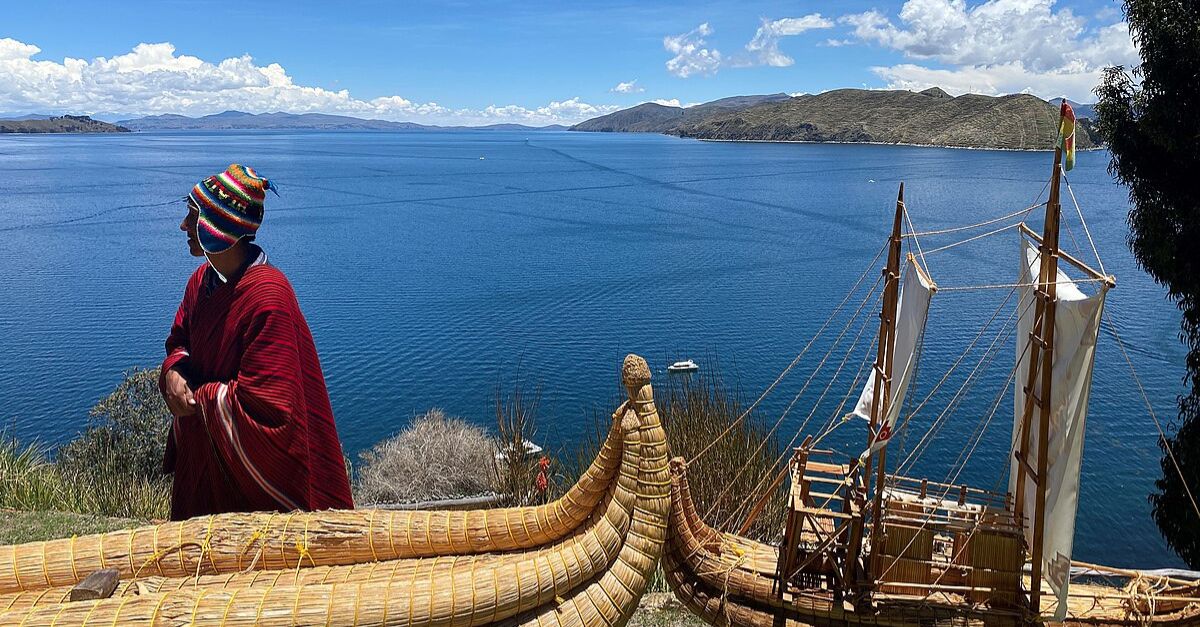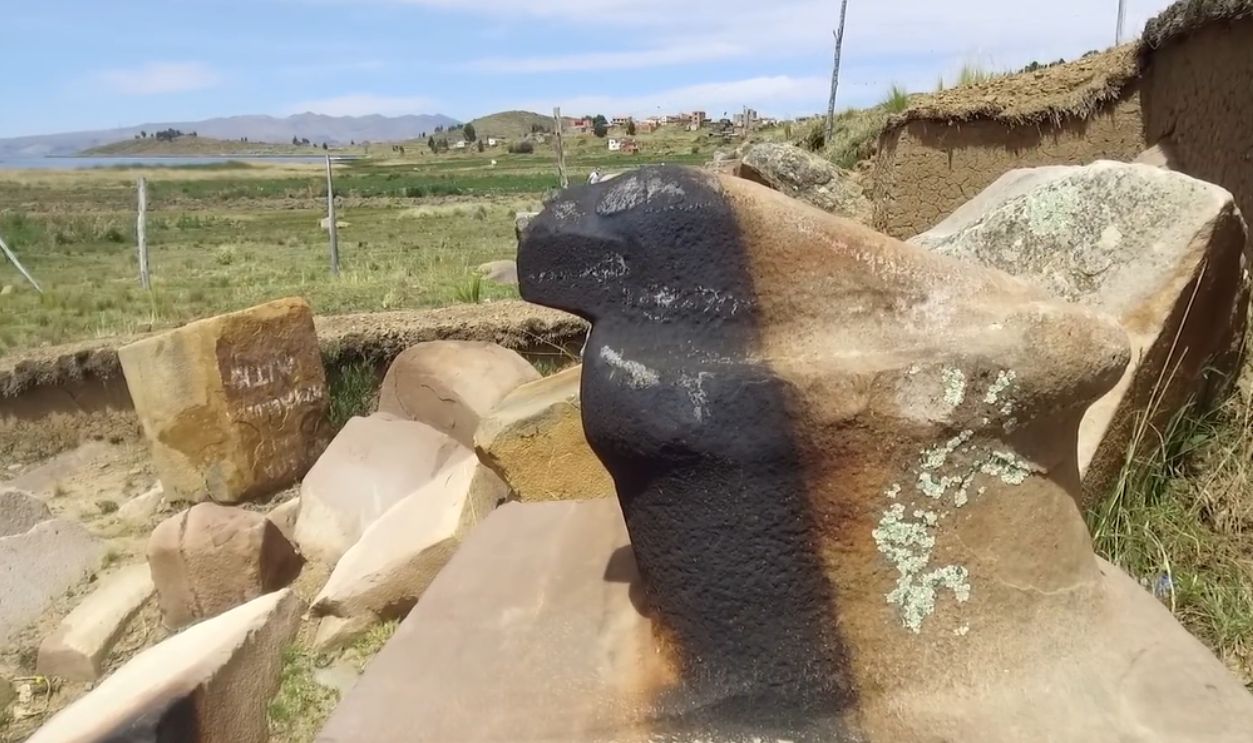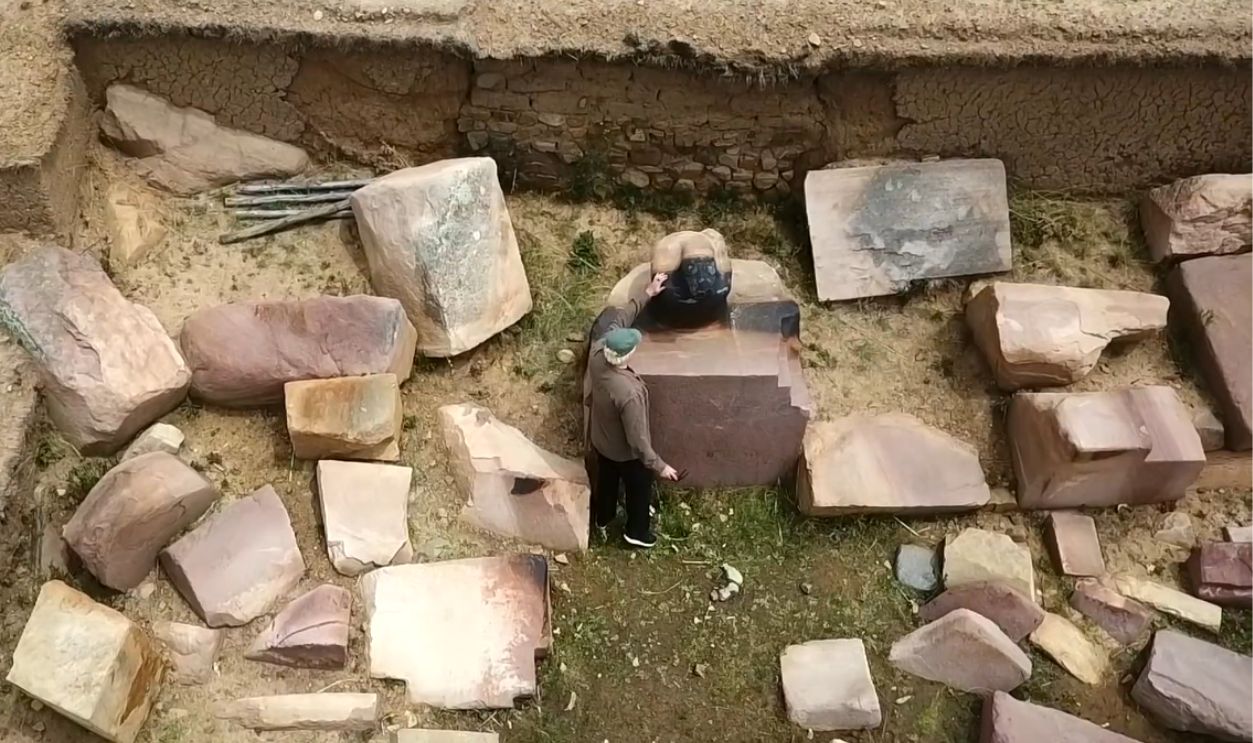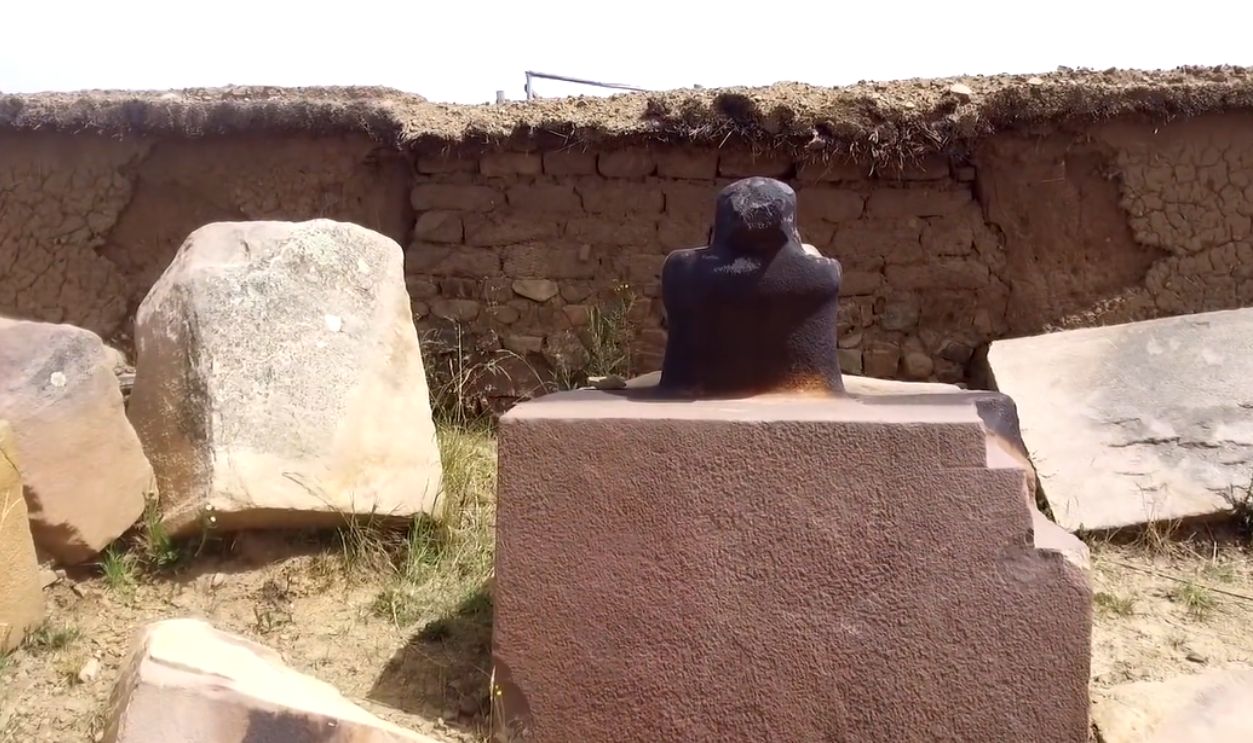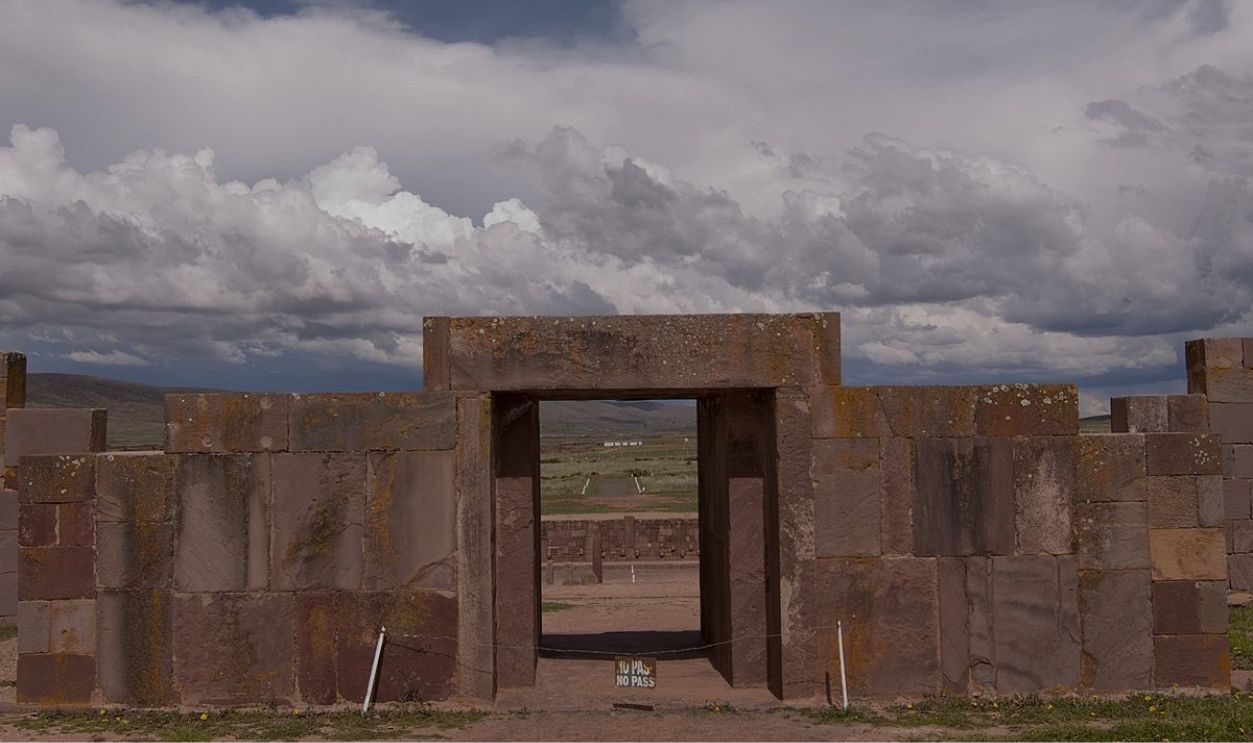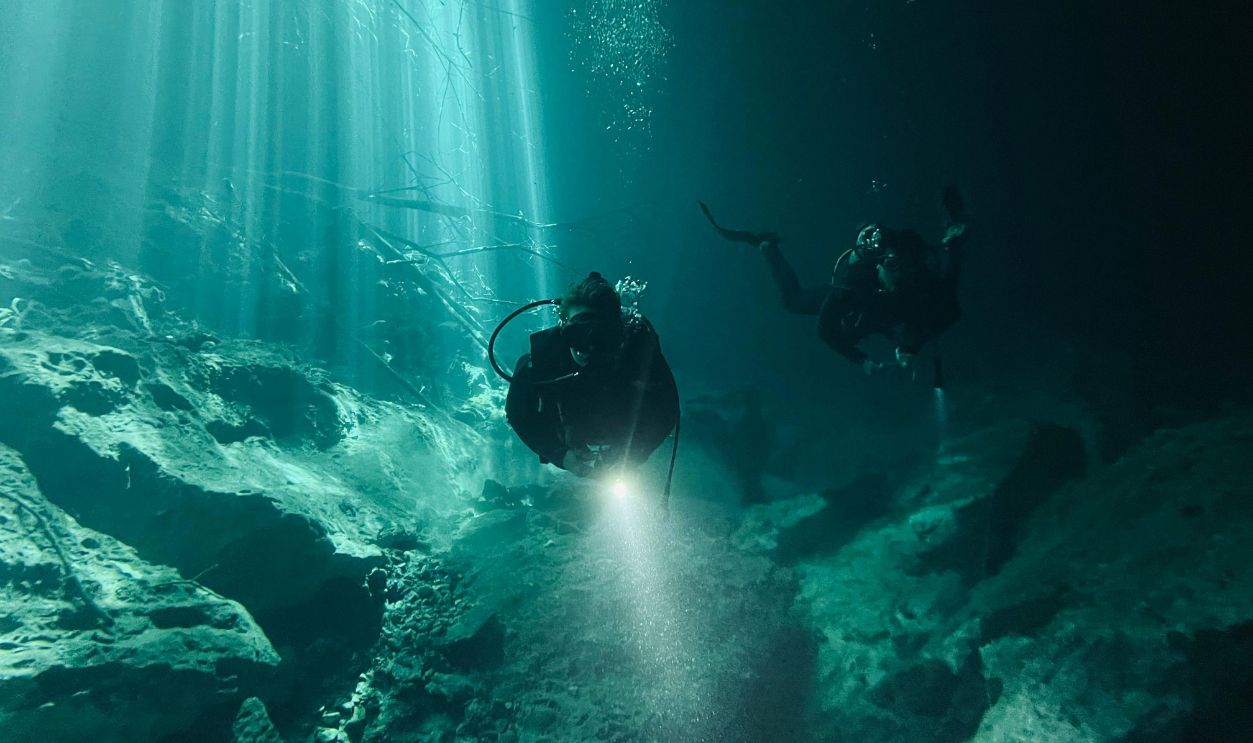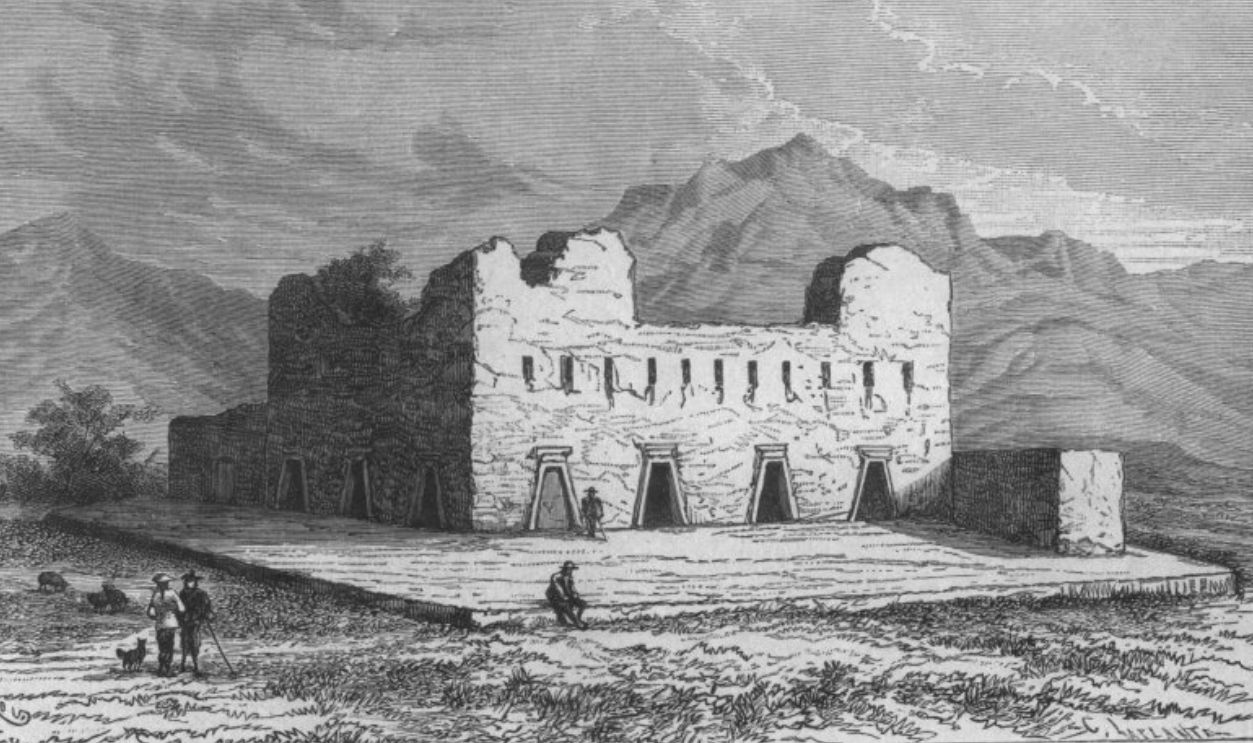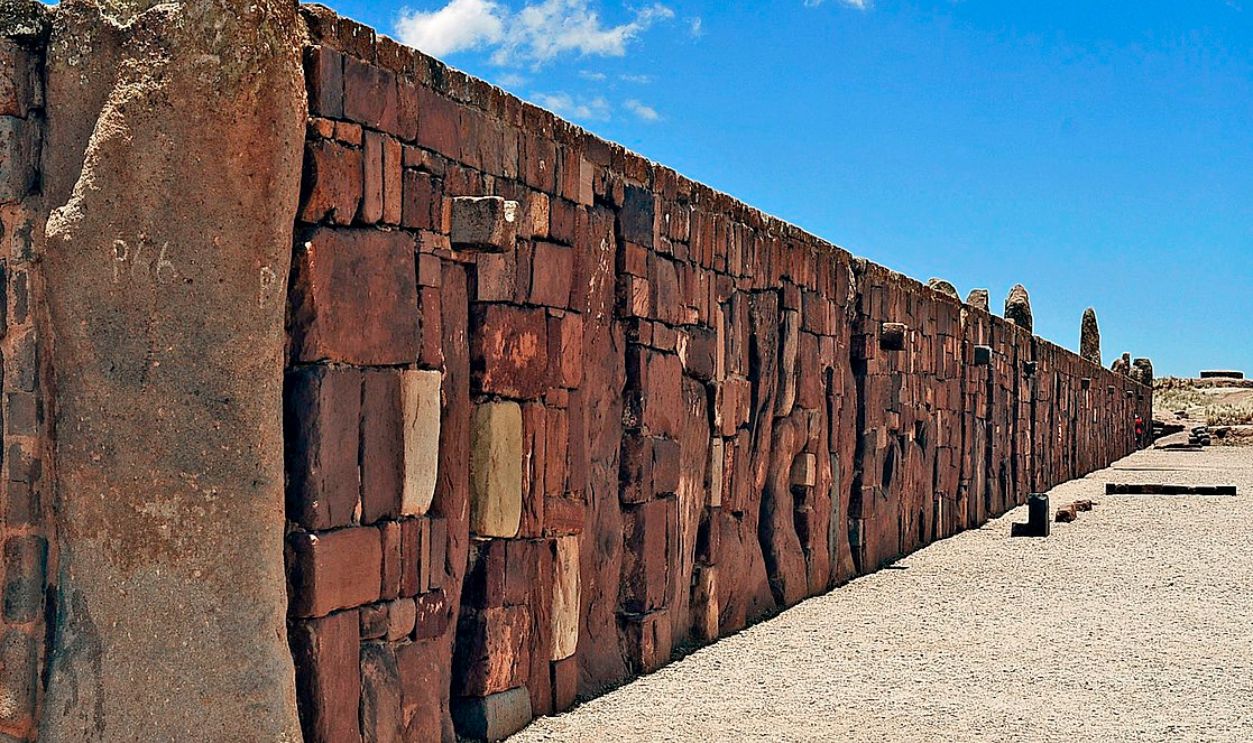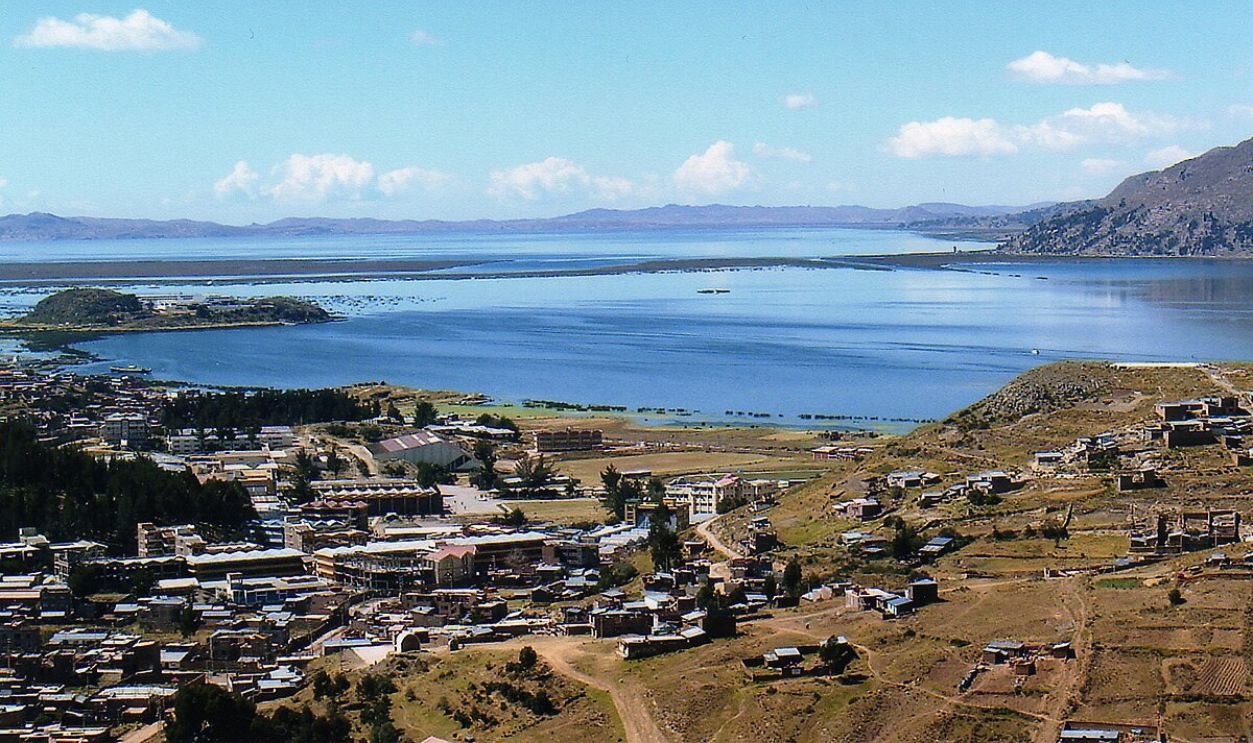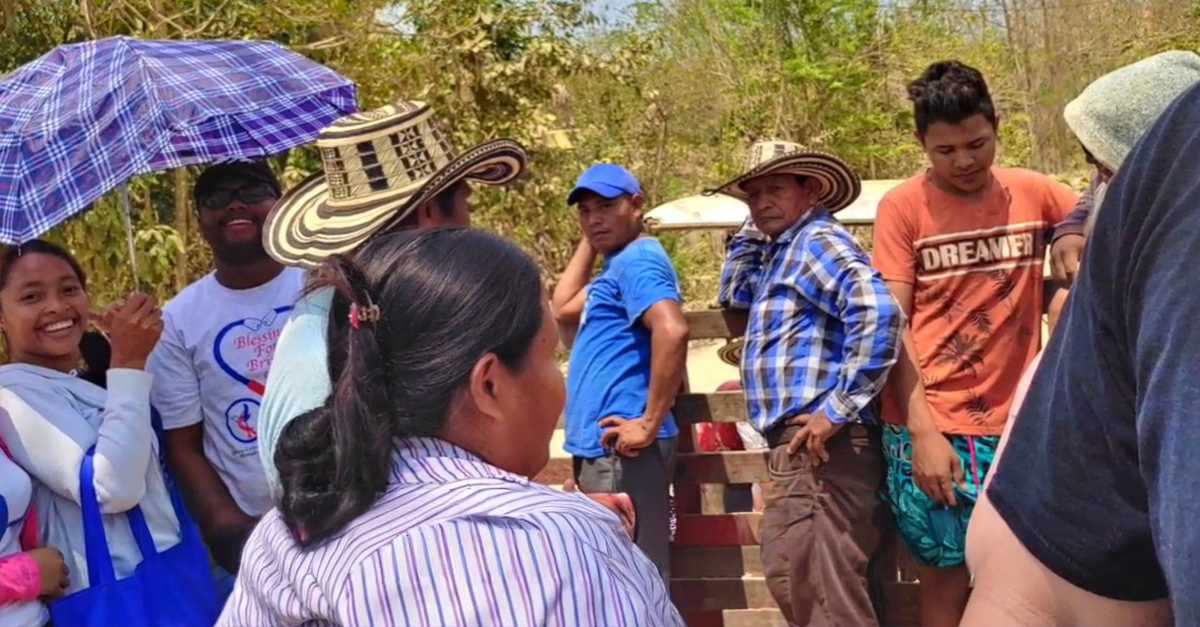Explorers Are Unlocking The Hidden World Beneath Lake Titicaca
Deep in the Andes, where myths and history intertwine, lies Lake Titicaca—a place of unexplained phenomena. Was this lake the home of an advanced civilization? Or did waters rise and swallow entire structures?
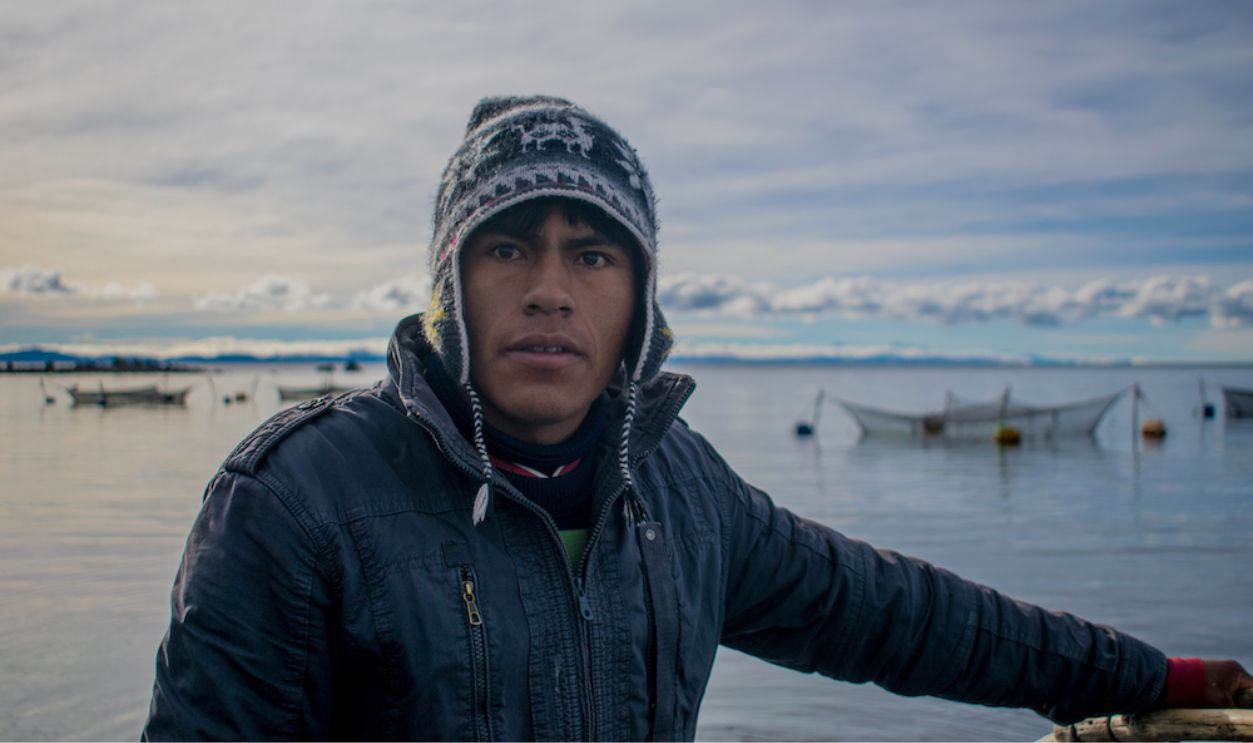
Where Is Lake Titicaca?
Located high in the Andes, Lake Titicaca spans Bolivia and Peru with breathtaking vistas and cultural depth. For centuries now, it has been a place of culture and tradition, with archaeologists discovering relics, inscriptions, and artifacts that offer glimpses into the past.
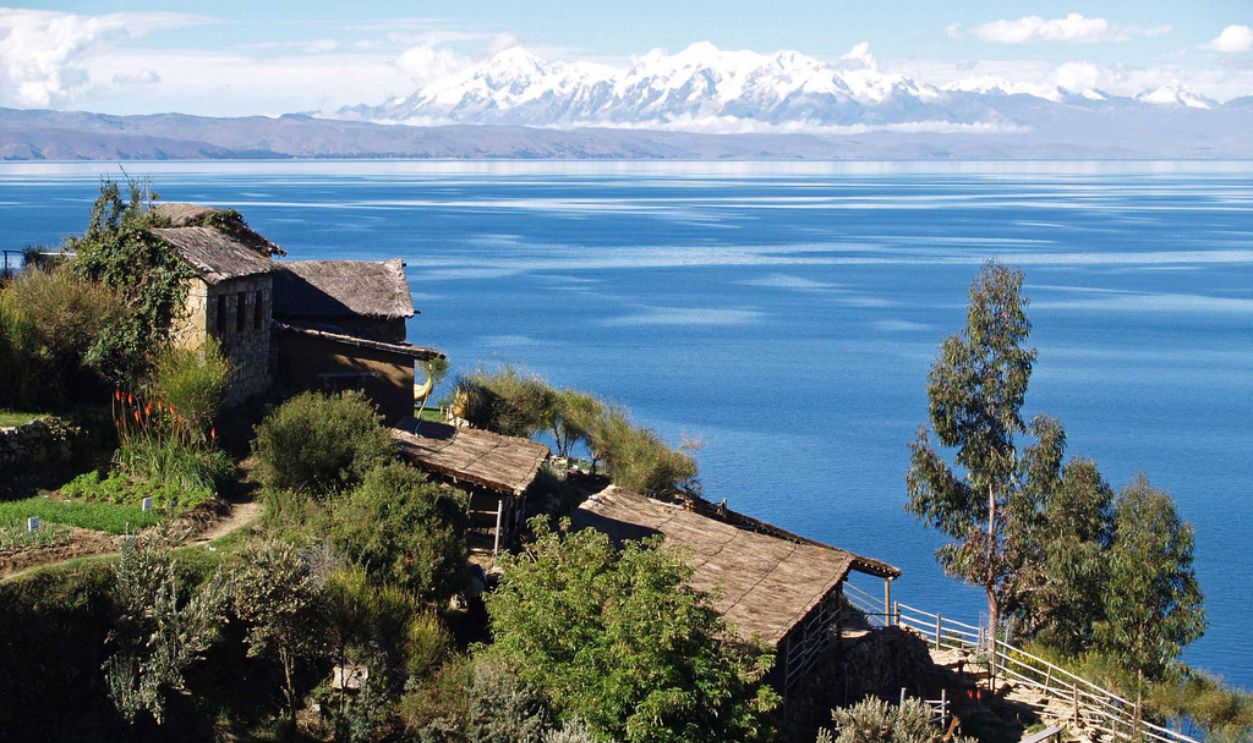 Anthony Lacoste, CC BY 3.0, Wikimedia Commons
Anthony Lacoste, CC BY 3.0, Wikimedia Commons
A Unique Location
Some researchers consider this one of the world’s highest navigable lakes. But this isn’t the only thing that makes it a spectacular site. Historians have proven that during the 15th and 16th centuries, this lake was an important pilgrimage site for the Incas.
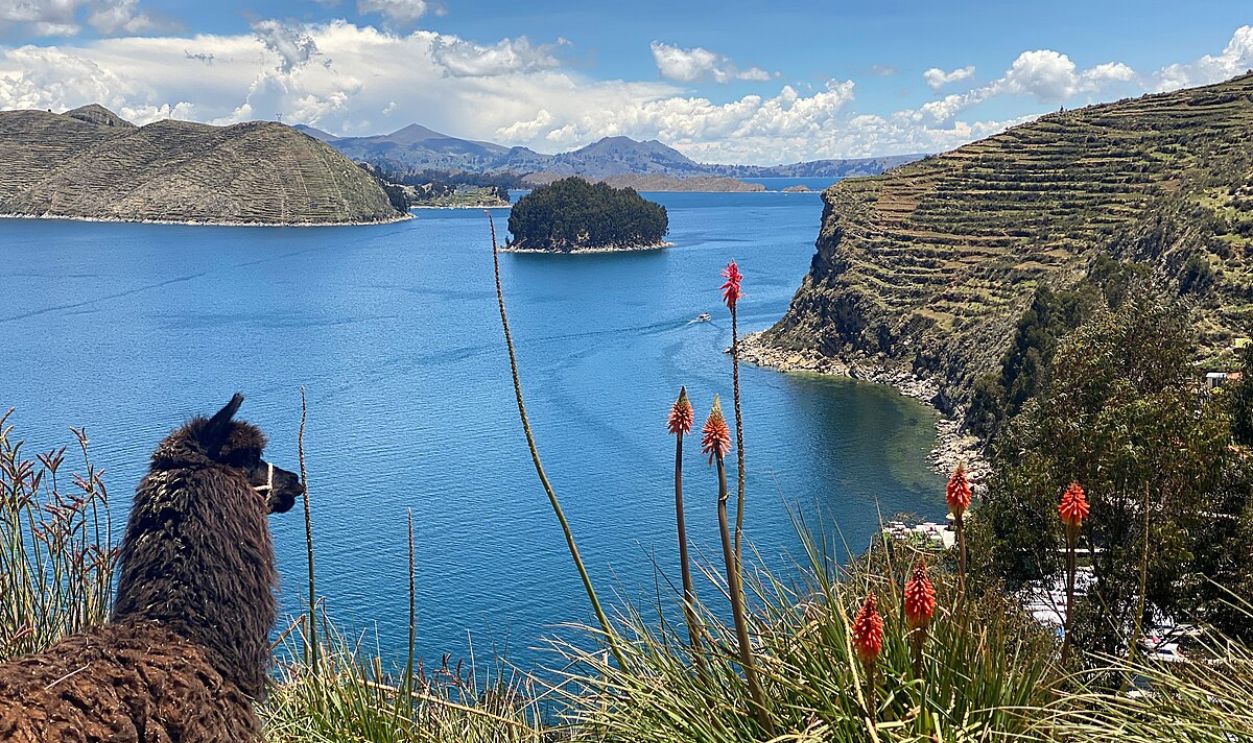 EEJCC, CC BY-SA 4.0, Wikimedia Commons
EEJCC, CC BY-SA 4.0, Wikimedia Commons
That Holds A Historical Significance
According to ABC News, scientists have discovered animal bones, a stone anchor, in addition to various ceramic bowls, vessels, and tools that prove that a settlement thrived near this location. However, the submerged nature of the site makes it more challenging to study.
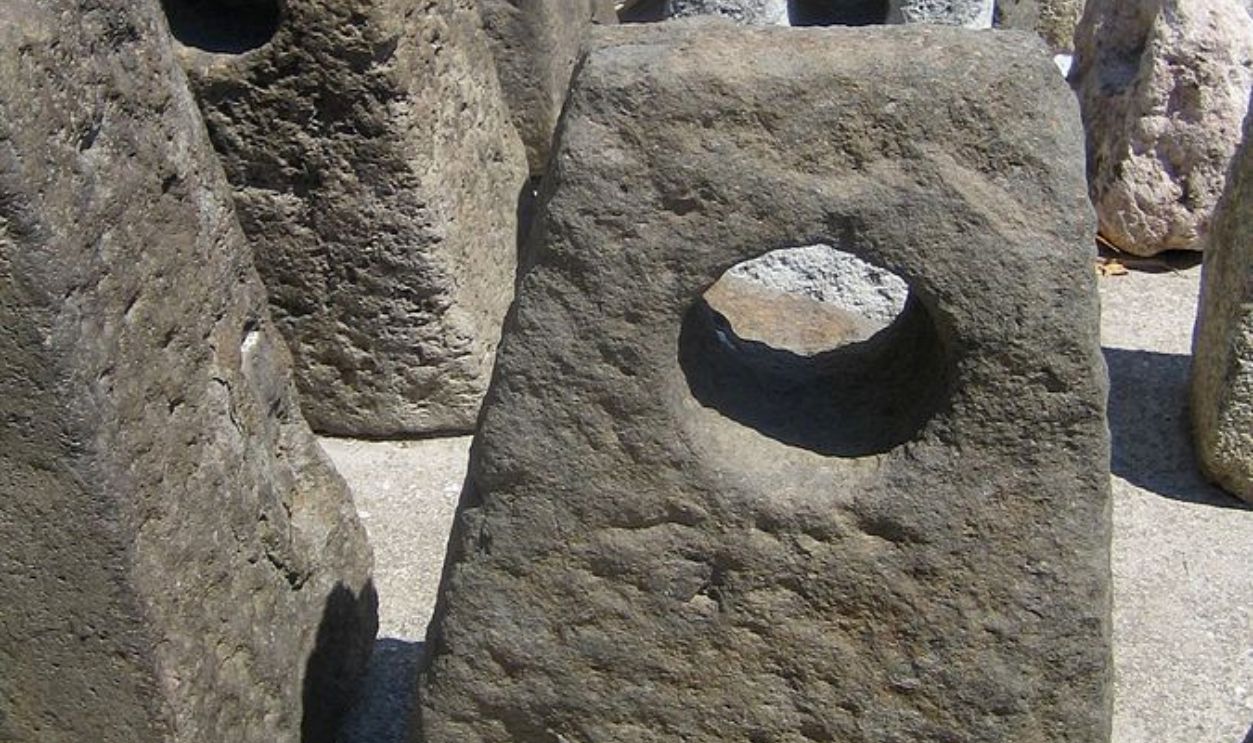 José M. Ciordia, CC BY-SA 4.0, Wikimedia Commons
José M. Ciordia, CC BY-SA 4.0, Wikimedia Commons
Puzzling Islands
Many islands on Lake Titicaca played a significant role in Inca mythology. For example, Isla del Sol is considered the birthplace of the founder of the Inca civilization and the home of the Sun God. This probably explains why the lake was regarded as sacred.
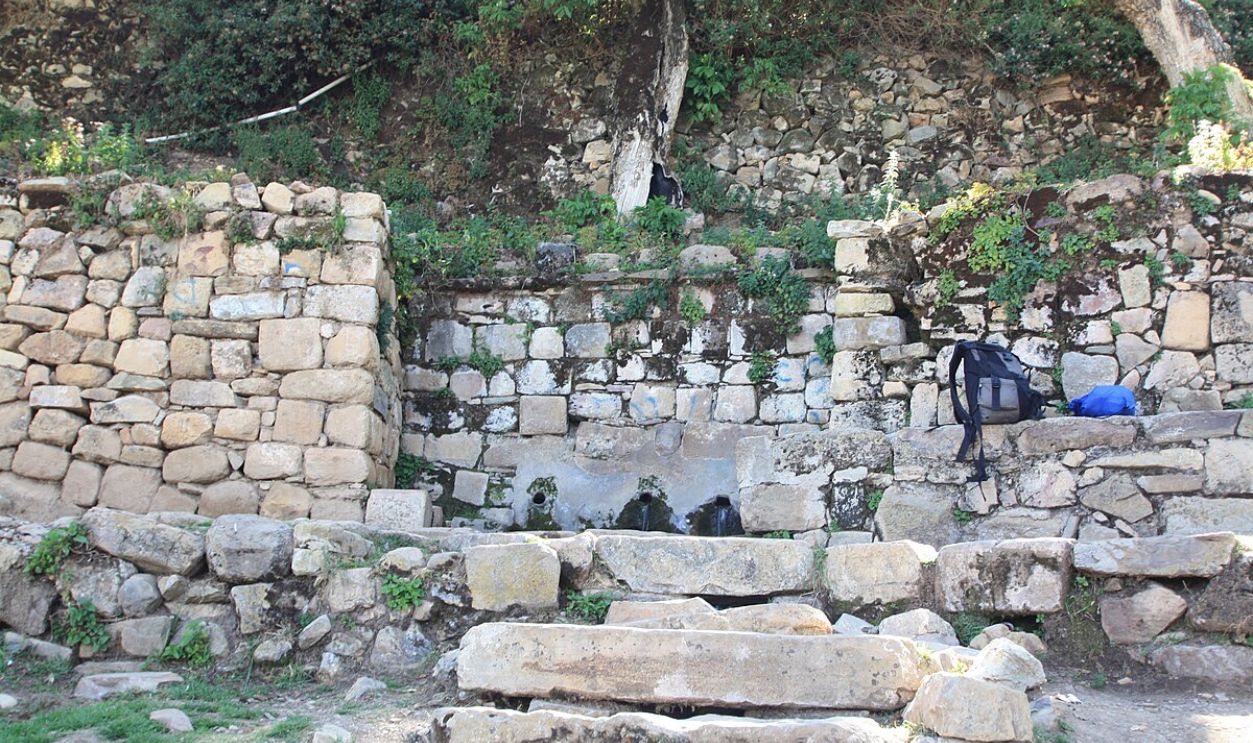 Alaexis, CC BY-SA 4.0, Wikimedia Commons
Alaexis, CC BY-SA 4.0, Wikimedia Commons
And Proximity To An Ancient Temple
The lake is located near the Snake Temple, an ancient site that draws visitors into its enigmatic aura. Archaeological evidence suggests that the temple served as an important ceremonial center for past civilizations. Researchers have also uncovered artifacts and inscriptions that indicate its role in ritual practices.
Legends Surrounding The Snake Temple
Folklore recounts mystical rituals and miraculous healings associated with the Snake Temple. These enduring myths attract researchers and tourists eager to discover the secrets of this timeless monument that is yet to to be studied.
That Reveals A Lot Of Wonders
Despite being badly damaged, the structure still features curving motifs and sculpted reliefs that depict a serpent. Studies show it was probably a site for rituals and offerings, where snake symbolism was linked to fertility, rebirth, and protection.
With An Incredible Discovery
The latest excavations have revealed an underwater construction that could be related to an ancient civilization. However, mystery still surrounds the nature of this finding. Archaeologists and cultural experts compile records and oral traditions to illuminate past societies.
 European Space Agency, Wikimedia Commons
European Space Agency, Wikimedia Commons
Ancient Temple Discovered
An international team of archaeologists were the ones to discover the ruins of an old temple beneath the lake’s waters. The submerged structure, measuring approximately 660 feet in length and 160 feet in width, is believed to be over a thousand years old.
To Reveal What Lies Beneath
The discovery of the underwater temple raises questions about what else might be hidden beneath Lake Titicaca’s surface. Could there be more structures waiting to be uncovered? The lake’s depths may hold further secrets about ancient civilizations and their practices.
Evidence Of Underwater Ruins
Scientists analyzed sonar scans, sediment cores, and architectural remnants to reveal precise structural patterns. They’re also collaborating with locals who have long shared stories about this lake. By studying the stratigraphic layers and unusual stone alignments, archaeologists link modern technology with historical records.
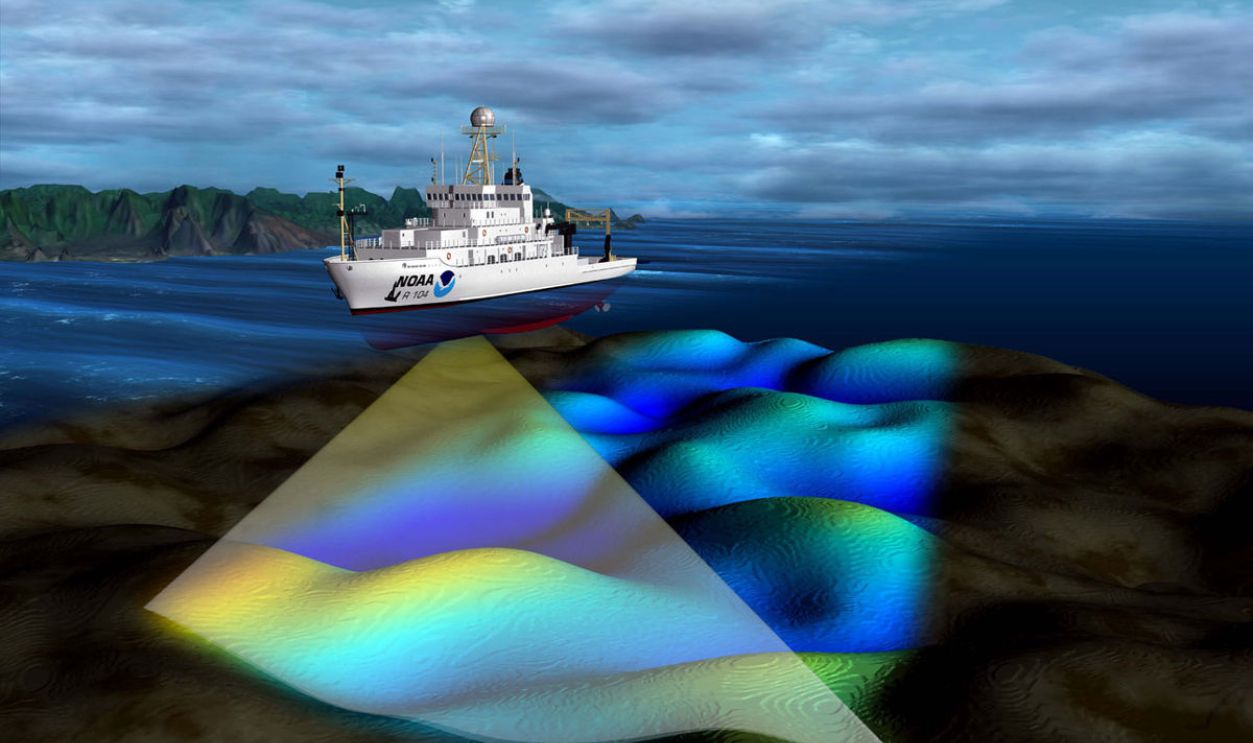 NOAA's National Ocean Service, Wikimedia Commons
NOAA's National Ocean Service, Wikimedia Commons
Extensive Underwater Exploration
Several methods have been used to reveal the underwater ruins at Lake Titicaca. These include high-definition cameras and stratigraphic sampling to extract artifacts. These innovative techniques and careful documentation ensure precise excavation strategies that blend tradition with modern technological insights.
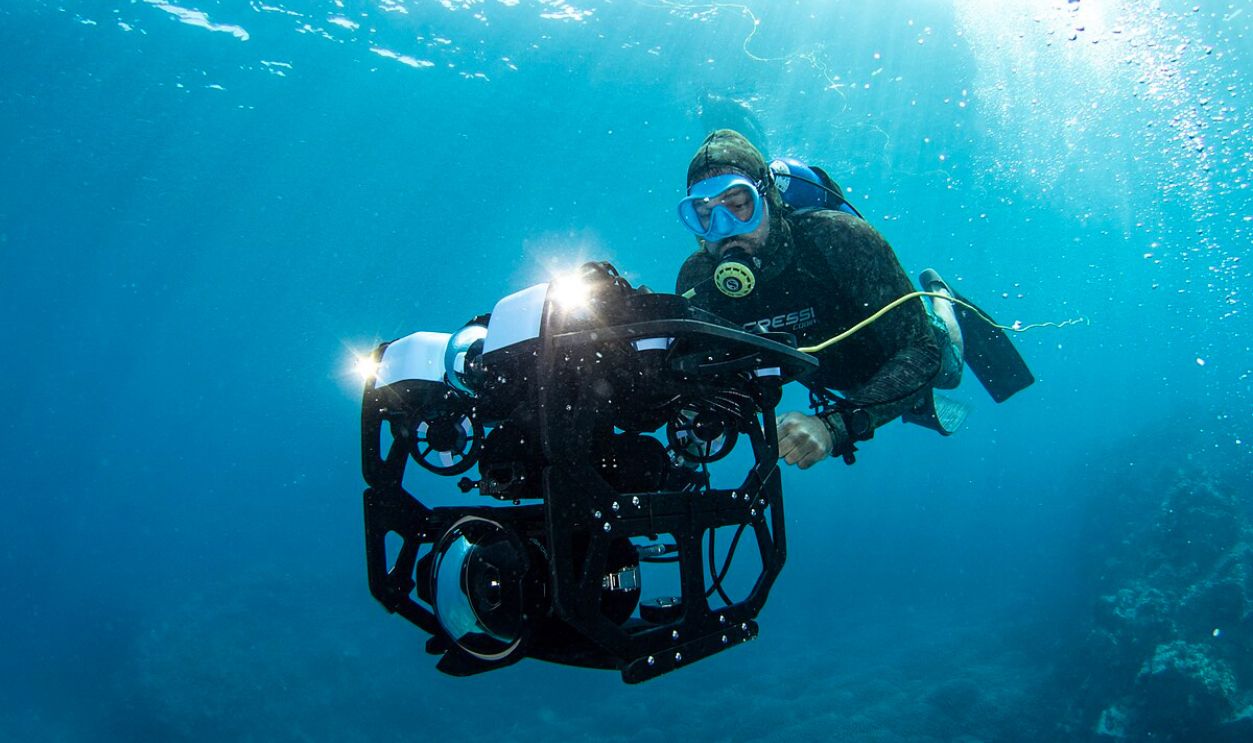 Yoleeth, CC BY-SA 4.0, Wikimedia Commons
Yoleeth, CC BY-SA 4.0, Wikimedia Commons
What Do Underwater Walls Reveal?
Divers exploring Lake Titicaca have reported encountering extensive underwater walls. These structures suggest the presence of large, possibly ceremonial complexes beneath the lake’s surface. Further exploration and study are needed to determine their exact purpose and origin.
Assessing The Extent Of Submerged Architecture
The submerged architectural features in Lake Titicaca indicate a significant level of construction and planning by ancient civilizations. Ongoing underwater archaeological projects aim to map and document these structures to better understand their scale and significance.
Possible Links To The Tiwanaku Civilization
Some researchers propose that the submerged structures in Lake Titicaca may be linked to the Tiwanaku civilization, which thrived in the region before the rise of the Inca Empire. The architectural styles and artifacts found share similarities with known Tiwanaku sites.
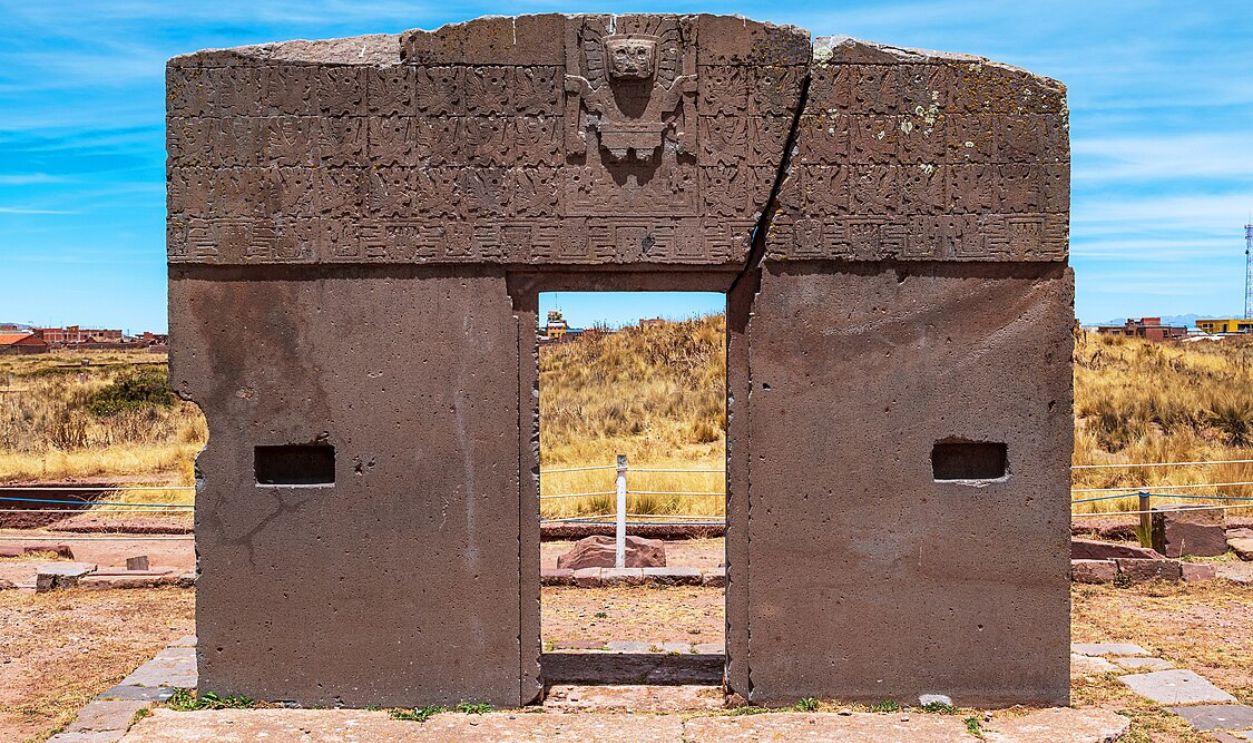 CLAUDIOLD, CC BY-SA 4.0, Wikimedia Commons
CLAUDIOLD, CC BY-SA 4.0, Wikimedia Commons
But They Aren’t Confirmed Yet
The use of large stones and exceptional workmanship are telltale signs of artifacts related to the Tiwanaku culture. These are quite distinct from Incan masonry. However, future explorations may reveal more about the people who built these structures.
Bizarre Artifacts
The Fuente Magna is a peculiar finding. It’s a large stone vessel, but its purpose and the details of where it was found remain uncertain. However, what makes it incredibly puzzling is that some of the inner engravings resemble non-Sumerian Mesopotamian cuneiform writing.
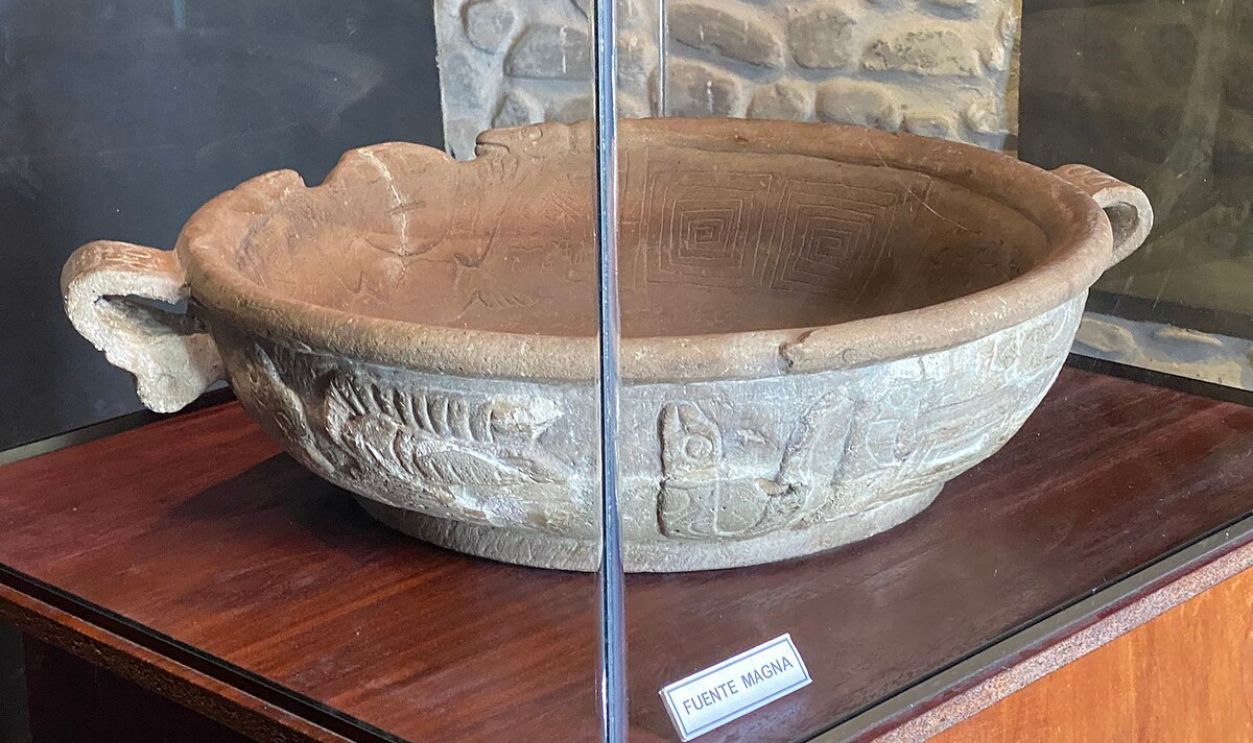 Yastay, CC BY-SA 4.0, Wikimedia Commons
Yastay, CC BY-SA 4.0, Wikimedia Commons
Historical Timeline Of Lake Titicaca Civilizations
Many successive civilizations flourished along Lake Titicaca’s banks. Archaeologists have identified periods from pre-Incan settlements to the expansion of the Incan empire, and they all had one thing in common: They considered this a holy site.
The Role Of Water
In Andean beliefs, water is more than just a natural resource. It’s a sacred force tied to fertility, rebirth, and even cosmic balance. Lake Titicaca plays a central role in this spiritual framework as one of the highest lakes in the world.
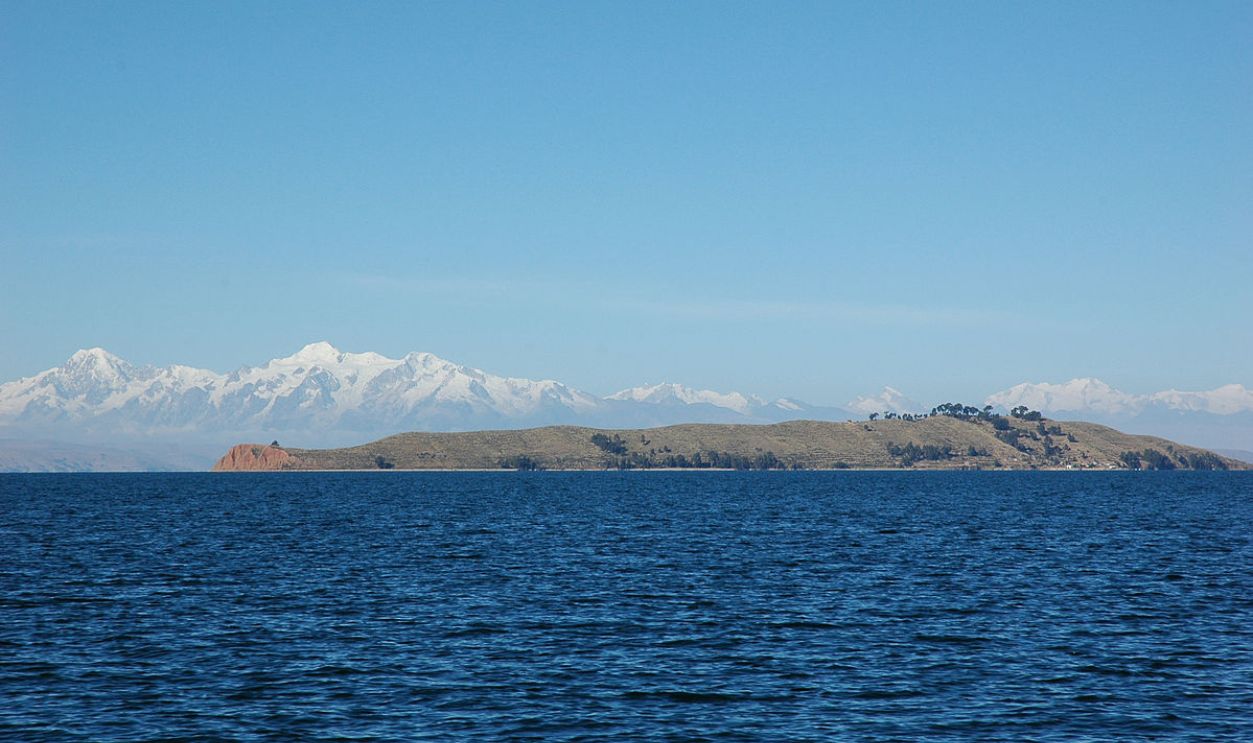 Francesco Bailo, Wikimedia Commons
Francesco Bailo, Wikimedia Commons
In Shaping Spiritual Beliefs
Rituals performed at the lake, such as offerings and purification ceremonies, reflect a deep reverence for water’s life-giving and cleansing properties. Scholars analyze these traditions and link them to carvings depicting water deities as well as modern festivals honoring water and its sacredness.
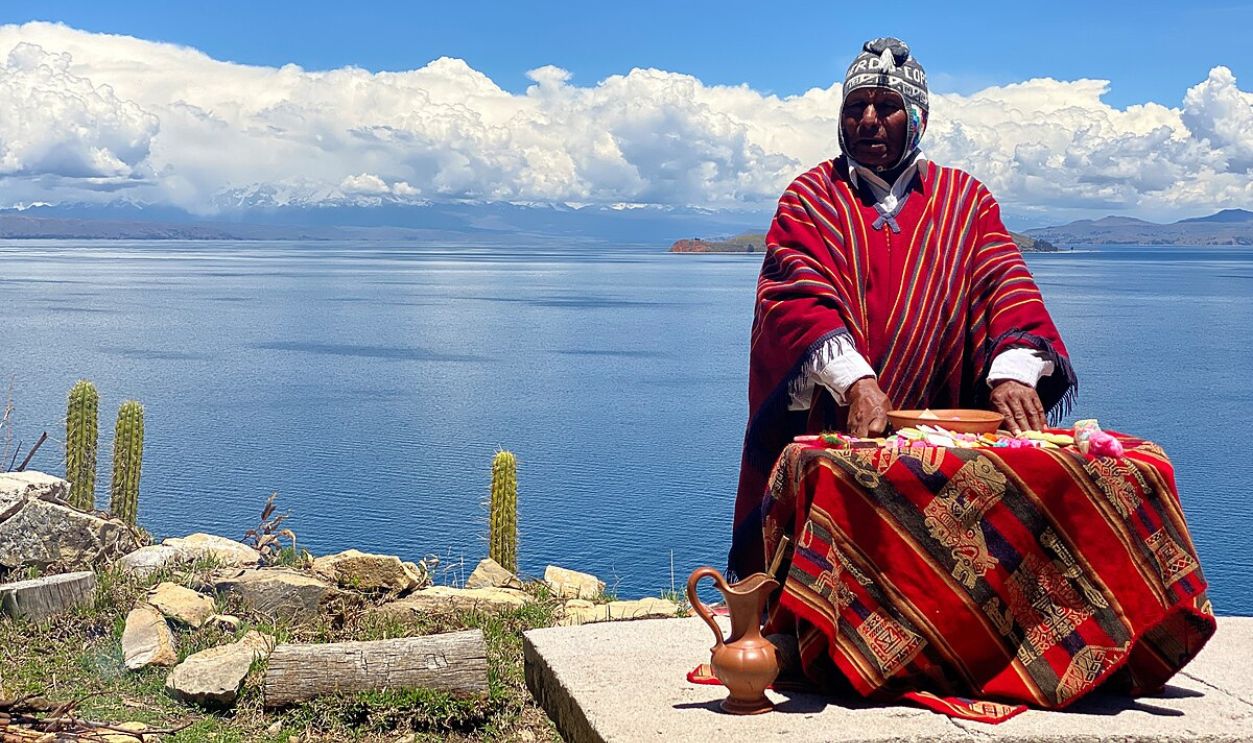 EEJCC, CC BY-SA 4.0, Wikimedia Commons
EEJCC, CC BY-SA 4.0, Wikimedia Commons
Cultural Perspectives On Unexplained Phenomena
The indigenous communities around Lake Titicaca have their own interpretations of the unexplained phenomena and artifacts observed in the region. Some view these occurrences through spiritual or mythological lenses, integrating them into their cultural narratives and traditions.
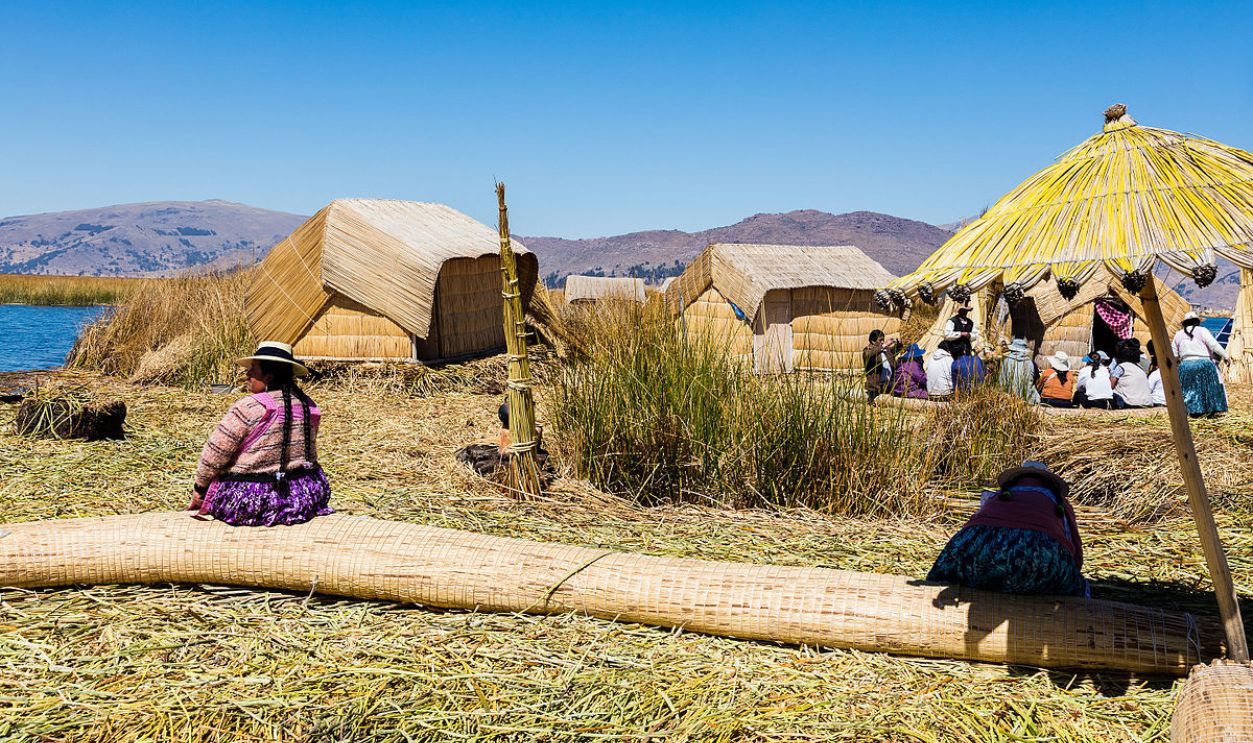 Diego Delso, CC BY-SA 4.0, Wikimedia Commons
Diego Delso, CC BY-SA 4.0, Wikimedia Commons
Reported UFO Sightings
This site has also been famous for UFO sightings that many locals have witnessed over centuries. Scientists have interviewed many villagers, and most report seeing balls of light and other flying objects in the sky.
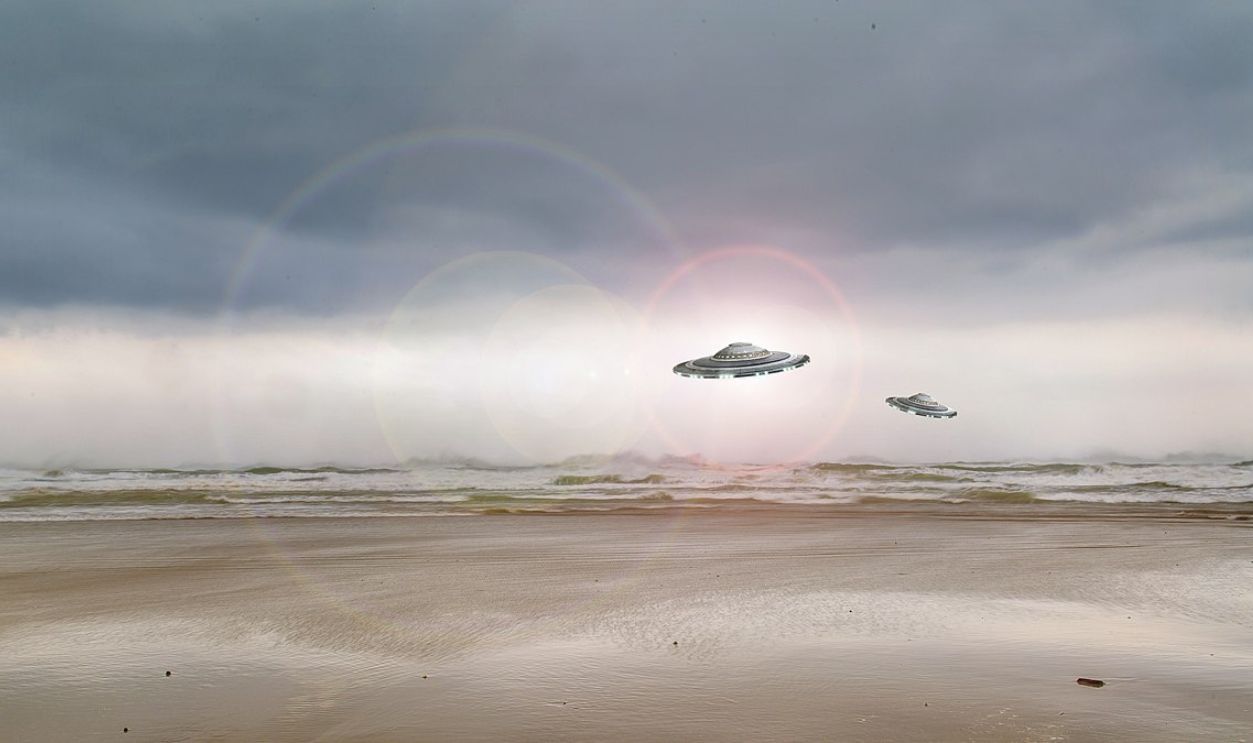 maxime raynal from France, CC BY 2.0, Wikimedia Commons
maxime raynal from France, CC BY 2.0, Wikimedia Commons
Never-Ending Questions
Archaeologists want to answer an important question: Were these structures built underwater or were they submerged due to a natural phenomenon? Another question lingers—was this a place where extraterrestrial beings contacted humans, and this explains findings related to a distant culture?
Radiocarbon Dating Of Underwater Artifacts
Radiocarbon dating techniques help determine the age of underwater artifacts at Lake Titicaca. Laboratories process organic remnants from excavations, calculating carbon decay with accuracy. The calibrated timelines and statistical data validate historical eras, supporting precise dating of submerged objects and enriching knowledge about ancient human activities.
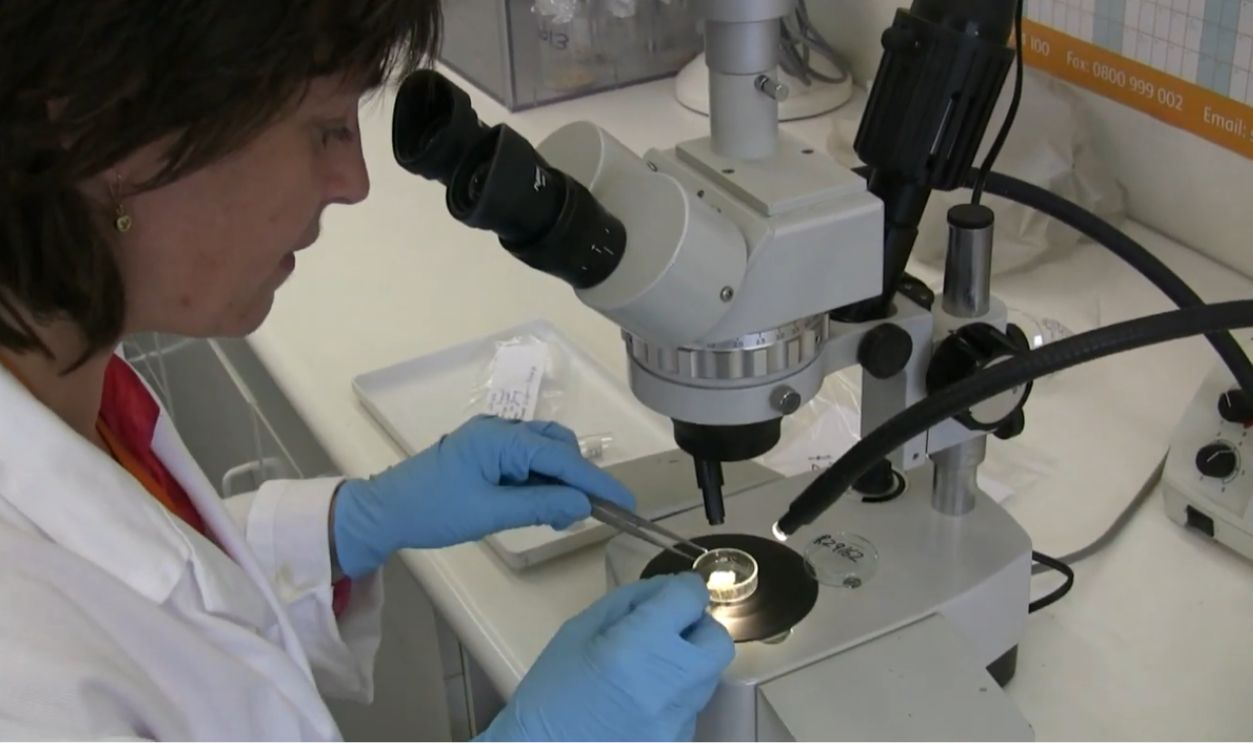 Dating - the Radiocarbon Way by GNS Science
Dating - the Radiocarbon Way by GNS Science
Climate Change And Its Impact On Submerged Ruins
Scientists monitor water level fluctuations and temperature shifts that accelerate material deterioration. Critical data from long-term studies and field experiments will help define preservation challenges and environmental factors that threaten these valuable artifacts so they can be better studied.
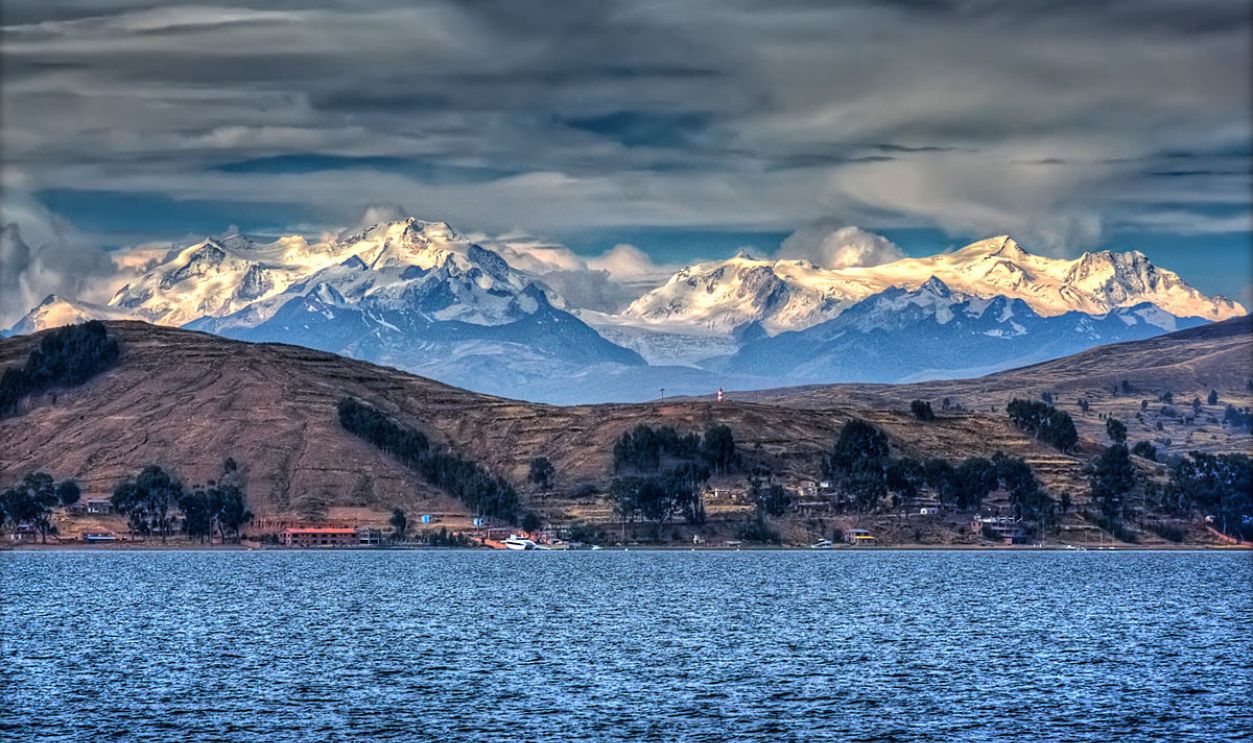 Pedro Szekely from Los Angeles, USA, Wikimedia Commons
Pedro Szekely from Los Angeles, USA, Wikimedia Commons

